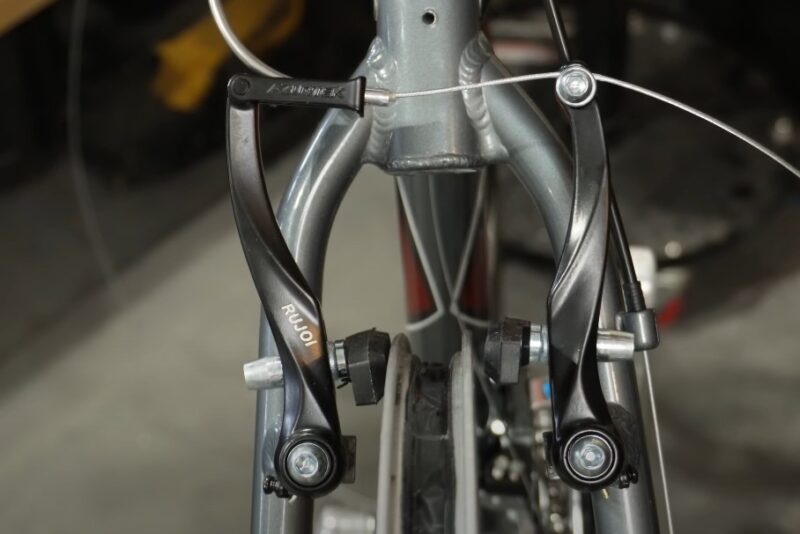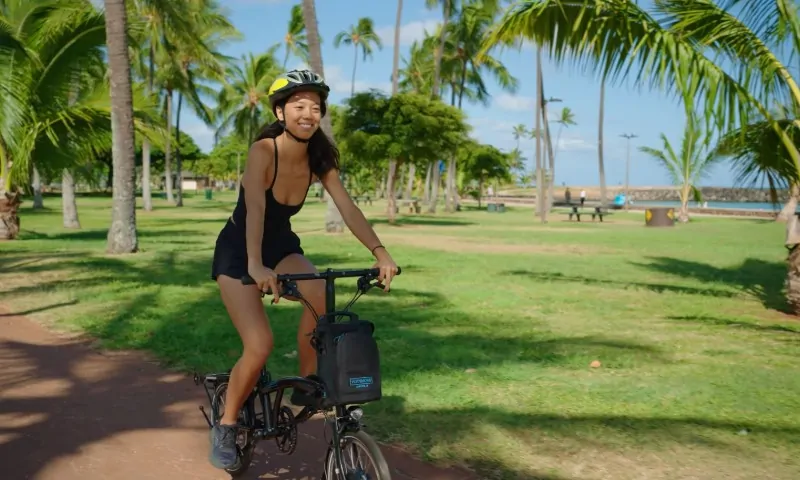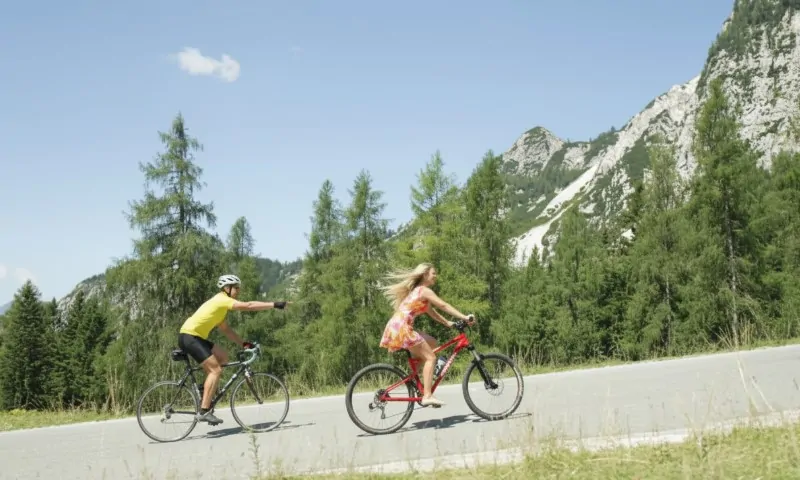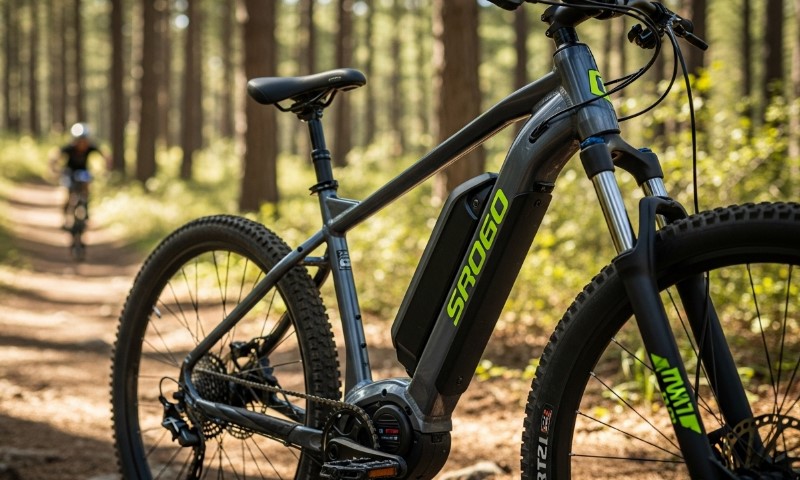Brakes are pretty crucial on a bike, right? They’re the one thing standing between you and, well, not stopping when you need to. But when it comes to picking the right brake system, it can feel like you’re staring at a puzzle with three main pieces: disc brakes, rim brakes, and V-brakes.
Each has its strengths and quirks, so let’s break them down in a way that makes sense—whether you’re a weekend warrior, a commuter, or someone who’s always eyeing the next big hill.
Table of Contents
Toggle1. Rim Brakes

Rim brakes have been around for what seems like forever. If you’ve ever had an older road bike or a standard commuter, chances are you’ve experienced them. They operate by squeezing brake pads onto the wheel’s rim to slow you down.
How They Work
The design is pretty straightforward: you pull the brake lever, and cables tug on calipers that press brake pads against the rim of your wheels. It’s like having rubber claws gently grip the spinning rims to bring you to a halt.
- Super lightweight: Since they don’t need extra parts like rotors or beefy calipers, they keep the weight low—a huge bonus for road cyclists.
- Affordable: You won’t be breaking the bank here. Rim brakes are easy to find, fix, and replace, with inexpensive brake pads and components.
- Easy maintenance: Got a basic tool kit and some patience? You’re set to handle any rim brake issue, from replacing the pads to tightening the cables.
- Wet weather woes: Rain is a deal-breaker for rim brakes. The rim gets wet, and suddenly your brakes feel like they’re taking a coffee break. Less friction means less stopping power when it’s pouring or when you’re plowing through mud.
- Rim wear: Every time you brake, you’re scraping off a tiny bit of the rim. Over time, you’ll wear it down, meaning your wheel itself will eventually need replacing.
- Limited power: They’re decent for most everyday scenarios, but they won’t give you the power you need on steep hills or with a loaded bike.
2. V-Brakes

V-brakes are technically a type of rim brake, but they’re a bit beefier, often spotted on mountain bikes or hybrids. They follow the same general principle of pressing pads onto the rim, but they bring more force to the table.
How They Work
V-brakes use longer brake arms, creating a leverage effect that gives them more stopping power than traditional rim brakes. When you pull the lever, the force gets amplified through those longer arms, resulting in a firmer grip on the rim.
- Extra stopping power: They’re more powerful than your standard rim brake, making them great for off-road conditions, heavier bikes, or bigger riders.
- Still easy to maintain: Like traditional rim brakes, they don’t require a lot of mechanical knowledge to fix. Got a flathead screwdriver and an Allen key? You’re probably good to go.
- Affordable and versatile: V-brakes are compatible with most bikes, and they won’t drain your wallet when it comes to repairs or replacements.
- Not immune to water: Just like their slimmer rim-brake cousins, V-brakes aren’t great in wet conditions. The rim gets slick, and your braking performance slides down with it.
- Rim wear again: As with any rim brake, you’re still wearing down the rim with each brake press.
- Not for extreme conditions: For serious downhill or high-speed cycling, they might fall short of the stopping power you need.
3. Disc Brakes
Now, let’s talk disc brakes. These are the ones you’ll find on most modern mountain bikes and increasingly on high-end road bikes. Instead of acting on the rim, disc brakes clamp down on a rotor attached to the wheel hub.
How They Work
You’ve got two types: mechanical and hydraulic. Mechanical disc brakes use cables (like rim and V-brakes) to move the calipers. Hydraulic brakes, on the other hand, use fluid to transfer the force, which gives them a smoother, more powerful feel. When you pull the lever, the calipers press brake pads against a rotor, slowing the wheel down. It’s like having a mini brake disc system—kind of like what’s on a car—attached to your bike.
- Serious stopping power: Disc brakes give you all the stopping power you’ll ever need, especially on steep descents or when you’re flying down a muddy trail.
- All-weather reliability: Wet? Muddy? Snowy? It doesn’t matter—disc brakes perform consistently in all conditions. They aren’t affected by rim grime or moisture, making them a favorite for cyclists who brave any weather.
- Less wear on your wheels: Since they act on a rotor rather than the rim, your wheels stay in better shape for longer.
- Heat dissipation: Disc brakes handle heat better than rim brakes, especially on long, continuous descents.
- Heavier: All that extra braking power comes at a cost, and that cost is weight. Disc brakes are heavier due to the additional rotor and caliper components.
- More expensive: Whether it’s buying the system outright or maintaining it, disc brakes tend to cost more than rim or V-brakes.
- Maintenance complexity: Hydraulic disc brakes, in particular, require more technical know-how to maintain. You’ll need to bleed the system periodically to remove air bubbles, which might sound like a job for the pros.
So, Who Should Go Disc?
If you’re an off-road rider, a downhill enthusiast, or someone who bikes through rain, snow, and everything in between, disc brakes are the top choice. They offer unmatched control and power in every condition imaginable.
Disc Brakes vs. Rim Brakes

Now that we’ve gone over each brake type, let’s pit them head-to-head. First up, disc brakes vs. rim brakes.
- Stopping power: Disc brakes win this round, hands down. Their power is superior, especially when you’re dealing with heavier loads or steep inclines.
- Wet weather: Rim brakes fall short when the rain starts, while disc brakes keep performing like champs.
- Weight and cost: Rim brakes come out on top for those looking to keep things light and budget-friendly. They’re the go-to for riders who don’t need to tackle extreme conditions or steep descents.
Disc Brakes vs. V-Brakes
How do disc brakes stack up against V-brakes? Here’s the breakdown:
- Stopping power: Disc brakes once again take the crown here, especially in poor weather conditions. V-brakes are strong but can’t compete when things get really tough.
- Maintenance: V-brakes are easier to fix and maintain, which can be a big factor if you prefer to do your own bike work.
- Weight and cost: V-brakes win in both departments. If you’re looking to save on weight and money, they’re a solid choice.
Which Brake System is Best for You?
@superridertv Which brakes are best? Both awesome, but for what I do, nothing beats the precision of ground rims and hydraulic brakes! #biketok #sportstok #brakes #bike #mtb #mtbtiktok #mtbtok #trialbike #learnontiktok #techtok #mtblife #biketiktok #sportstiktok #bikelife #disc #brake #versus ♬ Just a Cloud Away – Pharrell Williams
The right brake system depends on a few key factors: how you ride, where you ride, and what your budget looks like. Here’s a quick rundown to help with that decision:
- Rim Brakes: Best for road cyclists, commuters, and anyone looking for a lightweight, affordable option who primarily rides in dry conditions.
- V-Brakes: Great for casual off-road riders or commuters who want a bit more stopping power without going full disc.
- Disc Brakes: The top choice for mountain bikers, downhill riders, and anyone who needs maximum performance in all weather conditions.
There’s no one-size-fits-all solution when it comes to bike brakes, but knowing how each system works and what it’s best suited for makes it easier to choose.
If your ride style or terrain, the right brake system can make all the difference between a smooth, controlled stop and a heart-pounding near miss.
Related Posts:
- Mechanical vs. Hydraulic Disc Brakes - Performance,…
- Gravel Bike vs. Road Bike - 9 Key Differences Explained
- Should Bicycle Tires Be Inflated to Maximum PSI (Explained)
- Trek vs. Specialized Bikes – 8 Key Differences Explained
- Are Drum Brakes Outdated? Pros and Cons for Bikers
- How to Select the Best Road Bike Tires for Your…








